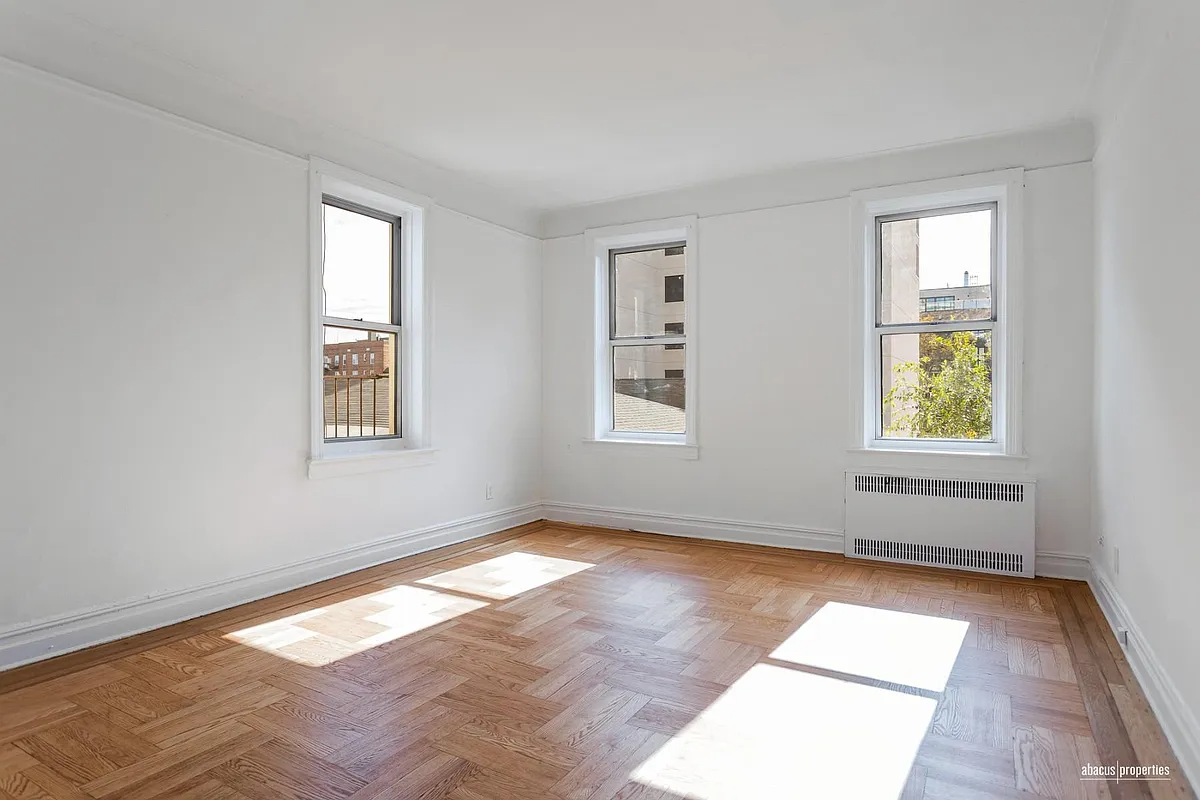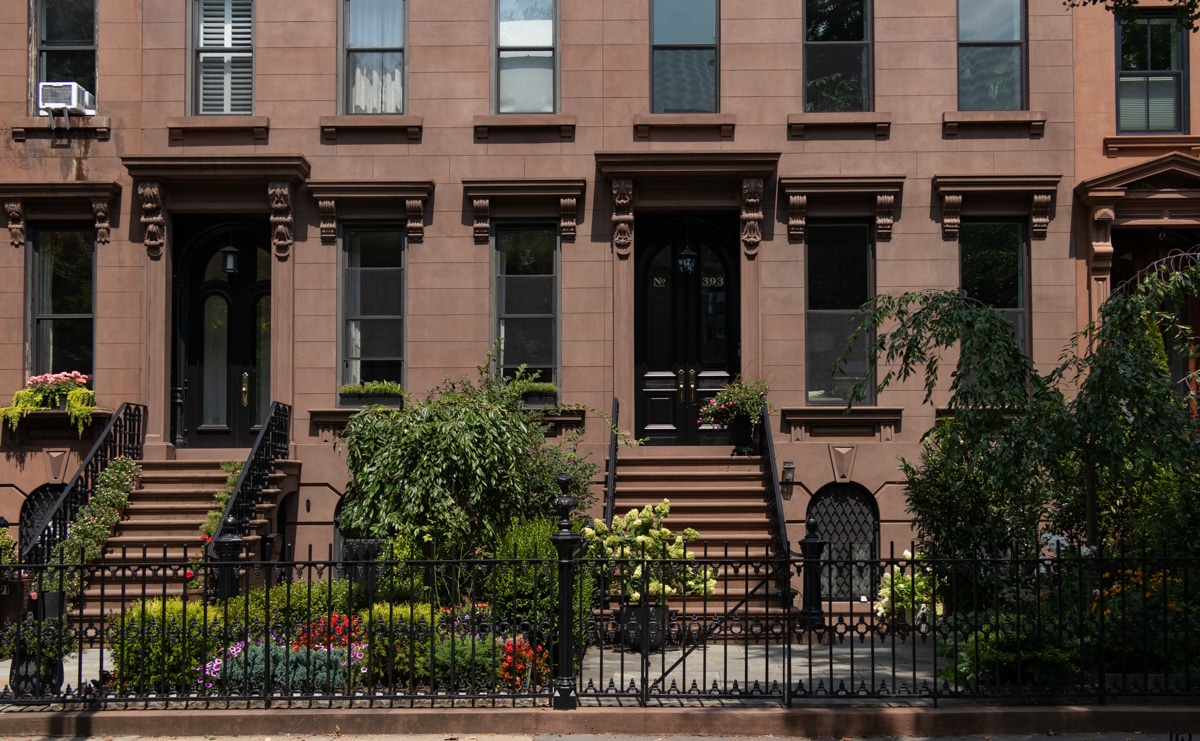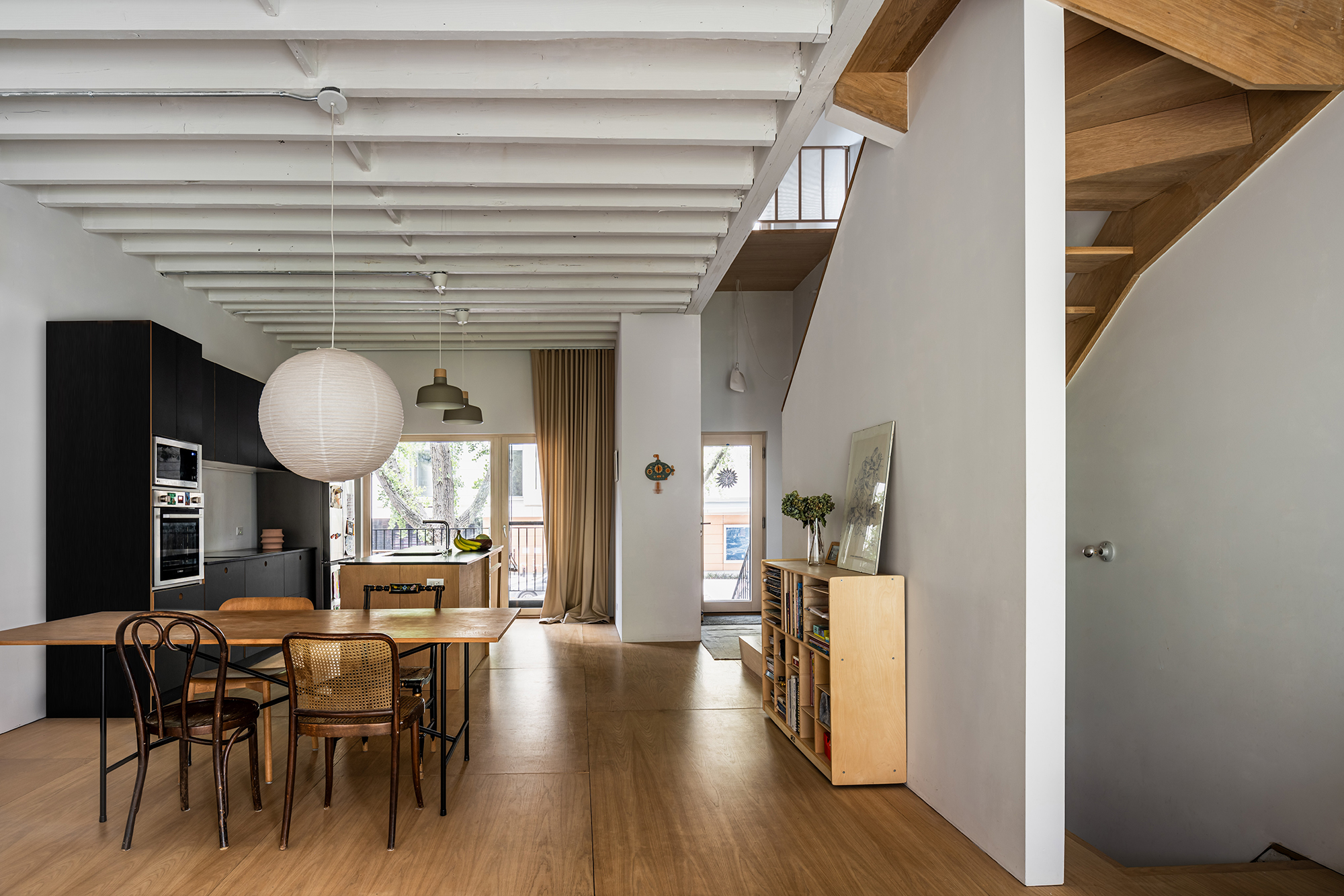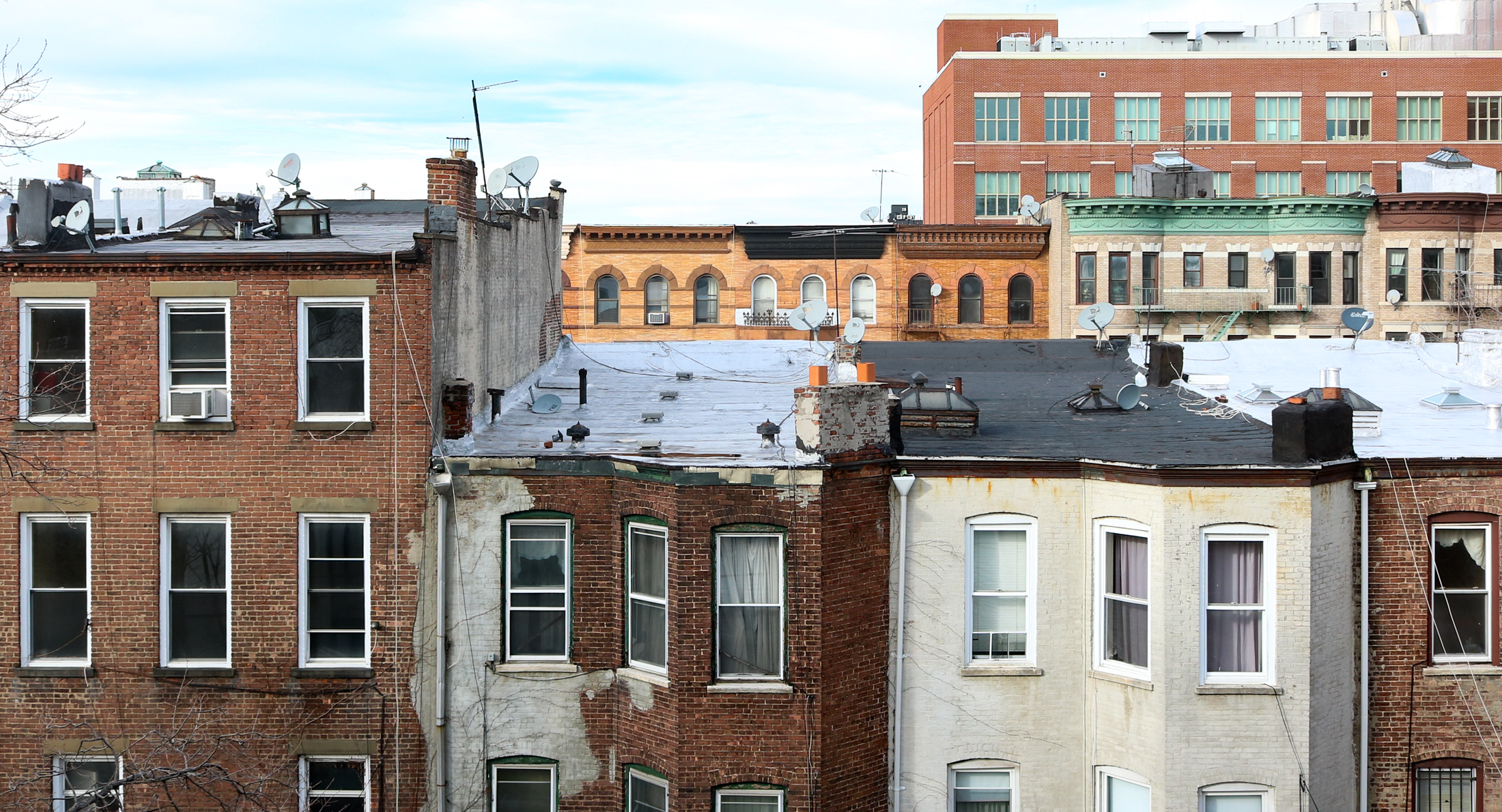Building of the Day: 134-136 Broadway
Brooklyn, one building at a time. Name: H. Fink and Sons Building, formerly Nassau Trust Company Address: 134-136 Broadway, corner of Bedford Ave. Neighborhood: Williamsburg Year Built: 1901 Architectural Style: Neo-Renaissance Architect: Frank J. Helmle Other buildings by architect: in WB 1906 addition to the WB Savings Bank, WB Trust, now Holy Trinity Ukrainian Orthodox…


Brooklyn, one building at a time.
Name: H. Fink and Sons Building, formerly Nassau Trust Company
Address: 134-136 Broadway, corner of Bedford Ave.
Neighborhood: Williamsburg
Year Built: 1901
Architectural Style: Neo-Renaissance
Architect: Frank J. Helmle
Other buildings by architect: in WB 1906 addition to the WB Savings Bank, WB Trust, now Holy Trinity Ukrainian Orthodox Church. Other: Boat House, Prospect Park, St. Barbara’s Church, Bushwick, St. Gregory’s Church, CHN.
Landmarked: No
The story: The end of the 19th century saw this part of Williamsburg, at the base of the bridge, turn into a center of commerce. There were at least ten banking institutions here, most of which were housed in some of Brooklyn’s best commercial buildings, most of which are still standing. Today, only a couple are still banks, but if you stand in Washington Plaza, and look all around, you can imagine how people during that time must have felt, smelling the money in the air. This building was home to the Nassau Trust Company, founded in Williamsburg in the mid 1880’s by a banker, a sugar baron, a senator, and a colonel. It grew in assets and customers, and had two other branches in Brooklyn. This building was built to house their main offices. It’s a fitting banker’s building, in a favorite style for financial types, the Italian Renaissance Palazzo, in limestone and granite. Nothing says money like a Medici style office building. This is a handsome building, with classical detailing in the pedimented windows, the balconies and the fine Corinthian capitals. The Nassau Trust merged with the Mechanics Bank in 1914, making it the largest state bank in Long Island, at the time. Today the building holds offices, not apartments, as could be expected. Frank Helmle had a long and distinguished career, starting from his education at the Ecole des Beaux-Arts, in Paris, to his time with McKim, Mead & White, to his own practice, where he designed a multitude of fine buildings in many different styles, mastering them all. See above for other Williamsburg examples, and here for the full story.





Thank you for your suggestions, Christopher. Loved those mansard roofs!
>>
You’re on probation now. It’s not going to go well with you at brownstoner if we all start asking for our money back. So watch it. Helpful Suggestions: stay away from Helmle, Engelbert, Ditmars. OK subjects include Montrose (pre-1898, please!), Freeman (ditto), CPHG, Daus, Parfitt, maybe that one-off Frank guy from a few posts ago. Magnus is fine, too. Also anything on MacDonough or Decatur. Find some early Van Alen buildings in Brooklyn – that should only take a day or two or three. The little oddball “Remuddling of the Month” ones are fine, and it was thoughtful of you to include the 1985 photograph, we all appreciated that touch. No more big obvious things, like Brooklyn Museum, Borough Hall, Edbrooke Post Office. Why not take a leave of absence until you can figure out the architect of that Greenpoint Bank? Or ask WBer to run it down – it is completely beyond me.
Christopher
Ditto – it is the origin for the name. A lot of the “post-alphabet” street names are derived from local families – Calyer, Meserole, Norman, Provost…
MM – I like the eclectic mix of buildings you choose, even if I don’t find every building exciting! Keep it up – it is always interesting.
WBer – thanks for that link. I prefer the name Norseman’s Kill over Buswhick Inlet – perhaps I’ll get a petition going for the inlet park to be named such. I wonder if thats the basis for the Norman in Norman ave?
Yeah, it’s not as good as across the street, or other banks around, but I chose to feature it because it doesn’t get the attention that the WB Savings Bank does, an obvious masterpiece, or the former Kings County Bank. If I only do the recognized masterpieces, or the buildings that everyone already knows all about, I’ll run out of buildings in no time, and I’ll only be regurgitating the AIA Guide, Francis Morrone, or one of those walking tour books. I do plan to write about both of the above buildings, as well as others in the neighborhood, all in good time. Let me run with some of the lesser wonders, too.
I’d be interested in who designed the Greenpoint Mechanics Bank, too. It’s not in the designation report.
Agreed – this is a pretty unexciting building, particularly given everything else on Broadway. Likewise the bank at the next corner (former Manufacturers National Bank, Berry and Broadway). Both are later works for that stretch, and don’t really stand up to everything else that is going on.
From 1994 to 1999, I lived in that building.
First in a tiny studio on 5th floor later occupying the whole 4th floor loft space.
It was truly a beautiful space and building w high ceiling and metal beams, wooden floors (oak) and cast iron details, windows all around (360°) and NYC skyline view, W.bridge & East river. Back then the old elevator still worked and period office furniture was found in the basement.
Actually, from the mid 80ies until late 90ies it was occupied as a mixed commercial and appartment/artist’s studio building.
In late 1999, it was sold and unfortunately completely gutted out for offices. They ripped out the wooden floor and the whole period interior structure was destroyed. If they would have been waited another 10 years today it would be one of the prime real estate objects in Wiliamsbourg.
I am on Minard’s page – this Helmle bank (along with many of his) is tedious, obvious, been done before, and it wasn’t any good then.
Now, the Mech/Trader Bank in Greenpoint – that is something into which you can sink your teeth. Someone please refresh my memory as to the architect, off list at Streetscapes@NYTimes.com. Gave up some time ago on a good old photo, which is a sqn for a column.
Christopher Gray
It is a fairly prosaic essay.
Does not do anything for me.
Nice but no cigar.